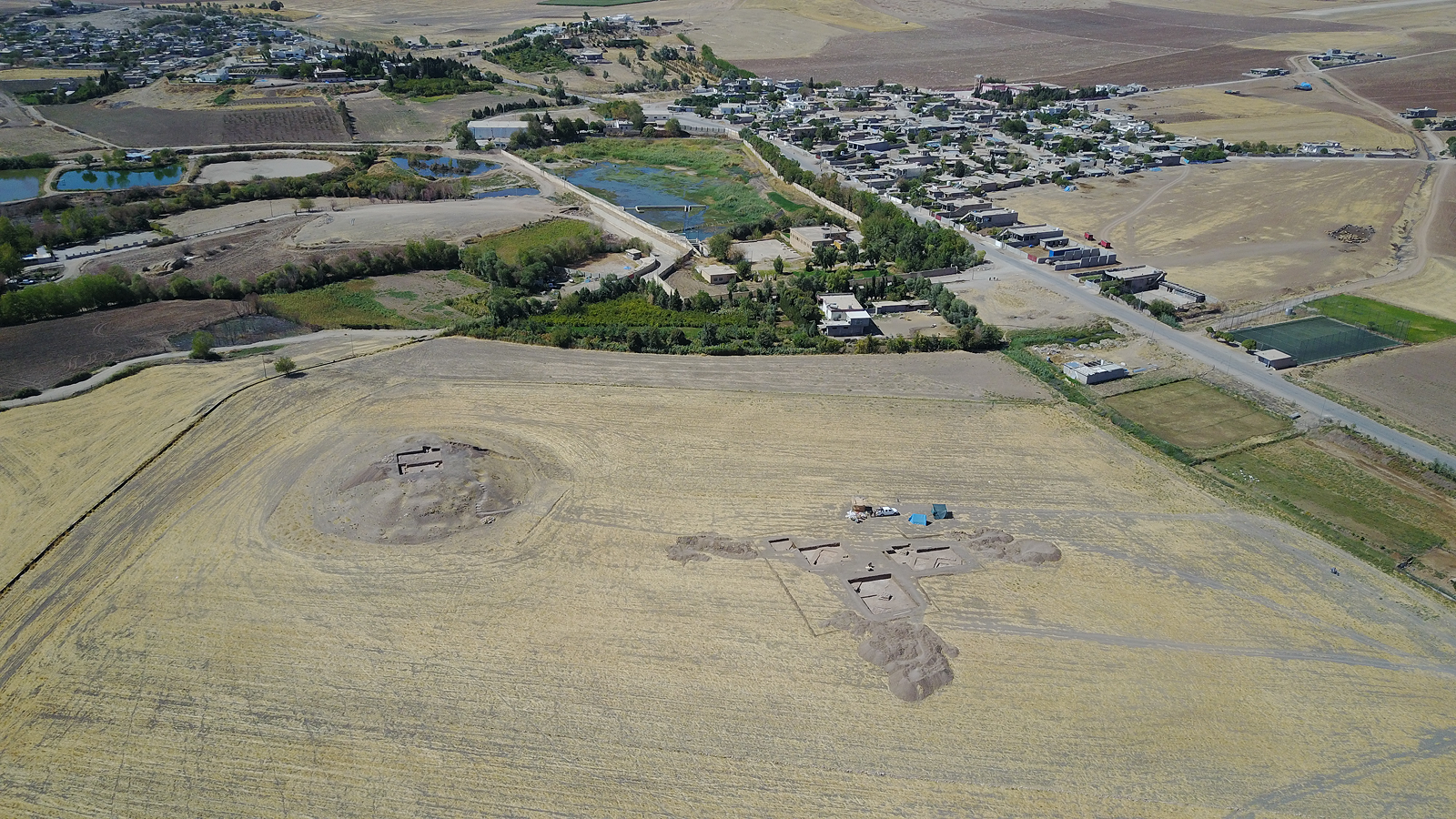As National Debt Tops $14 Trillion, What's Your Share?
The United States of America was built on debt. The first reported national public debt, declared on Jan. 1, 1791, totaled $75,463,476.52, or about $19 per person, most of which was run up during the Revolutionary War.
Both of those figures have jumped quite a bit since then, growing about $4.09 billion per day. According to the U.S. National Debt Clock, the debt has now passed $14 trillion for the first time. More precisely, it's $14,037,919,289,426.99, which works out to $45,315.70 per each of the country's 309,780,512 citizens.
The vast majority of this debt can be attributed to the past few Congresses, which rank as the top four in spenders. In fact, the 111th Congress, which adjourned for the final time yesterday, set a new record for debt by accumulating $3.22 trillion — more than the first 100 Congresses combined.
[Infographic: Visualizing the National Debt]
Wartime spending
Historically, the debt has jumped most during times of war. In 1860, just before the Civil War, the debt ran just $64.8 million; in 1865, the debt totaled $2.7 billion.In 1917, before the U.S. joined in on World War I, the debt was $5.7 billion; by 1918 it was $14.6 billion. The numbers fluctuated similarly in World War II. In 1941, the debt stood at $48.9 billion; it crossed $100 billion for the first time midway through the war, and was $201 billion by 1944.
The four highest-spending Congresses
Get the world’s most fascinating discoveries delivered straight to your inbox.
1 - 111th Congress (Jan. 2009 - Jan. 2011) - $3.220 trillion
2 - 110th Congress (Jan. 2007 - Jan. 2009) - $1.957 trillion
3 - 108th Congress (Jan. 2003 - Jan. 2005) - $1.159 trillion
4 - 109th Congress (Jan. 2005 - Jan. 2007) - $1.054 trillion
Debt per U.S. citizen since 1900
Based on statistics from the United States Census Bureau and the Department of the Treasury:
2010 - $45,315
2000 - $20,162
1990 - $13,000
1980 - $4,006
1970 - $1,825
1960 - $1,597
1950 - $1,700
1940 - $325
1930 - $131
1920 - $245
1910 - $29
1900 - $28



